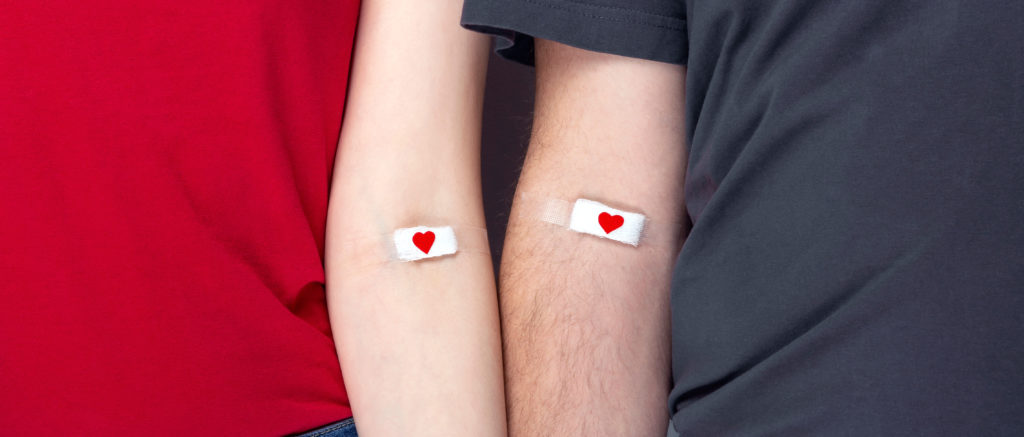
Did you know most plasma components used in life-saving therapies cannot be obtained in a lab? That’s right, despite all of our advancements in technology and science, there are still certain vital components that can only come from donors. This is where your help is needed.
By donating plasma, you have the power to directly impact and potentially save the lives of those in need of these components for various medical treatments. Your donation can make a difference and bring hope to those who rely on these life-saving therapies.
What is Plasma Donation?
Plasma donation is a valuable and potentially life-saving process that involves separating the liquid portion of a donor’s blood from the cells. This plasma-only donation procedure allows for the collection of plasma without depleting the donor’s red blood cells and platelets. The process is simple and safe: blood is drawn from the arm and passed through a high-tech machine to separate the plasma. The red blood cells and platelets are returned to the donor with some saline solution, all under monitored conditions to ensure no adverse effects on the donor.
Once collected, donated plasma is frozen within 24-72 hours to preserve its valuable clotting factors, making it readily available for transfusion when needed. Plasma can be stored for up to one year before being used by patients requiring clotting factor replacement or treatment for various medical conditions. The convenience of donating plasma, which can potentially help those in need for extended periods, makes it a worthwhile contribution to healthcare systems worldwide. Plasma donations are crucial in providing life-saving treatments to individuals suffering from traumatic large blood loss, bleeding disorders, immune deficiencies, and other serious medical conditions.
How Long Does Plasma Donation Take?
Donating plasma is a simple yet impactful way to support those in need. The process typically takes around an hour and a half to two hours, including registration time, a health history interview, a mini-physical examination, the actual plasma collection, and a post-donation refreshment. During this time, donors can relax and make the most of their donation experience by watching a movie on their phone, reading a book, or even working on their computer or tablet.
While donating plasma may take some time out of your day, its impact on others is truly invaluable. By taking just a couple of hours out of your week to donate plasma, you are helping save lives and making a meaningful difference in the lives of patients who rely on these donations for life-saving treatments. The donation process allows you to relax and unwind while knowing you are positively contributing to your community.
How Long Does It Take to Recover From Donating Plasma?
Plasma regenerates quickly. With proper hydration, your blood volume returns to normal within 48 hours. Because of this, you can give plasma every 14 days. You can schedule a return visit when on completion of your current donation.
Donate Today at LifeShare
Donating at LifeShare benefits those in need of life-saving medicines and ensures a positive and rewarding experience for donors. As a leader in plasma collection, LifeShare puts the well-being and comfort of its donors as a top priority. The transfusion products and other medicines created from donated plasma significantly impact the lives of tens of thousands of individuals worldwide, providing them with the necessary treatments to live healthy and fulfilling lives. By donating at LifeShare, you are directly contributing to saving lives and making a lasting difference in the healthcare community. Contact us today to learn more about this life-changing donation.